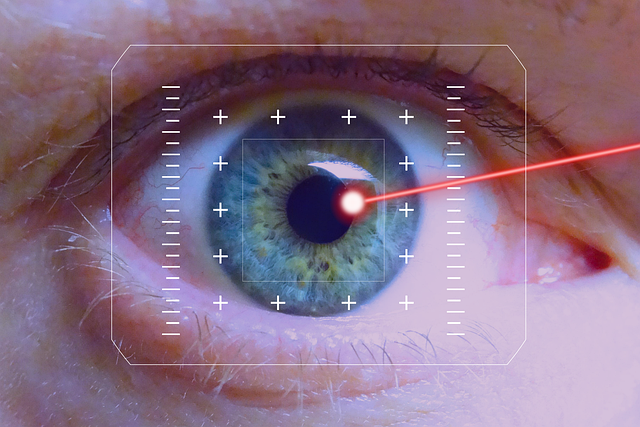In our fast-paced digital world, movement correction has become an essential topic in display technology, especially as we rely more and more on devices like TVs and monitors for entertainment and work. The clarity and quality of visual content are paramount, and any distortion or blurring can lead to frustrating experiences. This is where the art of movement correction comes into play.
Movement correction is not just a technical term; it’s about creating a seamless visual journey. When watching a fast-paced movie scene on your high-definition TV, or during an intense gaming session, the last thing you want is to see trailing images or juddering motions. Technically speaking, movement correction refers to techniques that minimize these visual disruptions, enhancing your experience to a level that feels almost lifelike.
Modern display technology utilizes a variety of methods to achieve effective movement correction. For instance, many televisions and monitors now incorporate frame interpolation. This technique adds artificial frames between the original frames of the video, creating smoother transitions during fast movements. It’s fascinating how a cleverly engineered algorithm can enrich our viewing pleasure, making even a simple sports match appear more dynamic.
Furthermore, advancements in LCD and OLED technologies have brought about pixels that respond faster than ever before. The responsiveness of these displays contributes directly to their capability in handling rapid motion scenarios without artifacts. They work in concert with high refresh rates, which can be anything from 60Hz to an impressive 240Hz. The higher the refresh rate, the smoother the movement correction becomes, bringing us closer to feeling like we are part of the action.
Moreover, there are exciting developments in the world of visualization. Virtual reality (VR) and augmented reality (AR) are becoming more mainstream, pushing the boundaries of movement correction even further. In these immersive environments, where every motion counts, the technology must perform flawlessly. Any lag or discrepancy can break the illusion and detract from the user experience. Thus, the demand for precision in both movement correction and display responsiveness has never been more critical.
It is also worth noting that not all movement correction techniques are created equal. Some methods, such as excessive motion smoothing, can actually lead to the infamous soap opera effect,” where films appear unnaturally fluid. Finding the right balance to maintain the cinematic feel is a skill that display manufacturers continue to refine, striving to connect viewers emotionally to the stories being told on their screens.
In conclusion, whether you are gaming, binge-watching your favorite series, or working on visual projects, understanding the nuances of movement correction in display technology can significantly enhance your experience. By embracing the advances in TV and monitor technology, you’ll experience visuals that not only inspire awe but also allow you to engage with content in ways that evoke a deeper emotional connection. So next time you sink into your couch for movie night, take a moment to appreciate the technology at play, crafting every frame to perfection.




